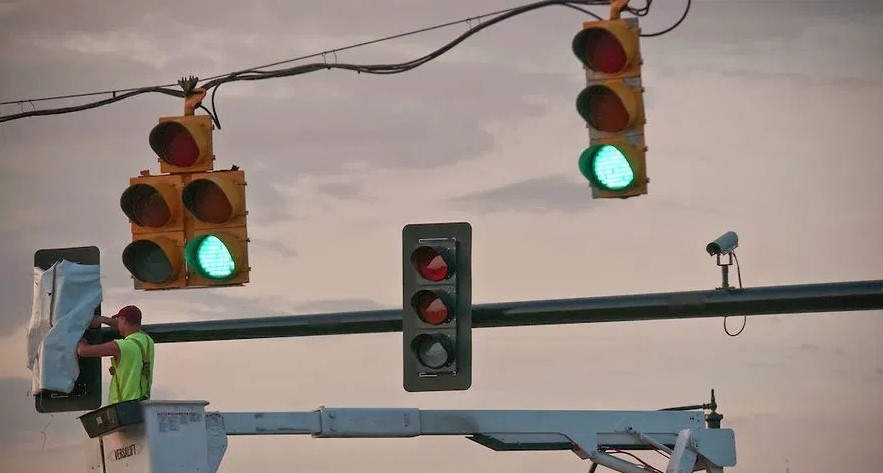We also install street lights in newly developed commercial and residential areas. Our specialized equipment and crews will meet your requirements for street lighting installation. Here are a few of the advantages of street lighting installation services. Read on to learn more about their services. Also, keep in mind that street lighting is an essential part of safety and security. Learn more about how these services improve safety and security in your community.
Supervises street lighting installation
The Street Lighting Supervisor must also hold a twelfth-grade education and a minimum of four years’ experience in the electrical mineworker trade. The supervisor must be able to effectively plan and supervise the work of subordinates, including determining whether the installation meets contract requirements and workmanship standards.
The supervisor of street lighting is responsible for overseeing the installation, maintenance, repair, and inspection of street lights. This position is located in the Streets Department and plans work for crew chiefs and private contractors. They may visit sites unannounced to inspect progress. They must also ensure that workers comply with safety regulations. If you are interested in working in this position, read on to learn more. If you are interested in learning more about the job description and the duties of a street lighting supervisor, read on.
Read Also:
Installs solar street lights
Before installing a solar street light, make sure that you have a level surface. It is very important that the solar panel is level. In order to achieve this, pull the pole upright and insert the steel cable below the anchor plate. Once the steel cable is in place, tighten the bolts and nut. The LED fixture should turn on after five to ten minutes. You can also choose to mount the solar street light on the wall.
Whether you plan on installing solar street lights for home or business properties, you’ll need to choose a location with adequate sunlight. The best place for solar street lights will be surrounded by a large amount of sunlight. A professional will be able to calculate the amount of insolation that will be required. However, there are ways to improve this by moving the lights to a sunny area or removing a tree shade.
Installs intelligent street light controllers
If you’re considering upgrading your lighting system, you may be wondering about how to go about installing intelligent street light controllers. Intelligent lighting controllers allow you to set the lights to operate in a variety of modes, based on their environment. These systems can also be networked together using wireless technologies, allowing them to communicate with each other and provide advanced user interaction. Here are the most important reasons to install smart street light controllers:
An intelligent street lighting control system combines the functions of time, space, and light control to send instructions to switch off and on the lights, which saves energy and prolongs the lifespan of lighting equipment. These systems are highly customizable, allowing the lighting to highlight human and festive characteristics. Moreover, they also come with built-in sensors, which can detect the presence of pedestrians and vehicles and report their position. These sensors are also used to adjust the intensity of street lighting based on various conditions.
Installs traffic sensors
The new handbook for street lighting installation includes a section on choosing, installing, and operating traffic sensors. The new handbook also outlines new applications for these sensors, including advanced signal control, ramp metering, and incident detection. Enhanced descriptions of these applications provide the assurance that public funds will be saved in the long run. Sensors can be mounted over the roadway or over an overhead pylon. The new handbook includes a diagram to illustrate each type of traffic sensor.
After selecting the type of sensor that will best meet your needs, the next step is determining where to place them. Inductive-loop detectors, for example, require a small slot to be cut in the pavement. A strand of wires is then laid through the slot and covered in sealant. The wires are then connected to the electronics unit of a controller cabinet. Sensors placed over a roadway, however, require a specific mounting structure, such as a sign bridge, pole, or mast arm.








